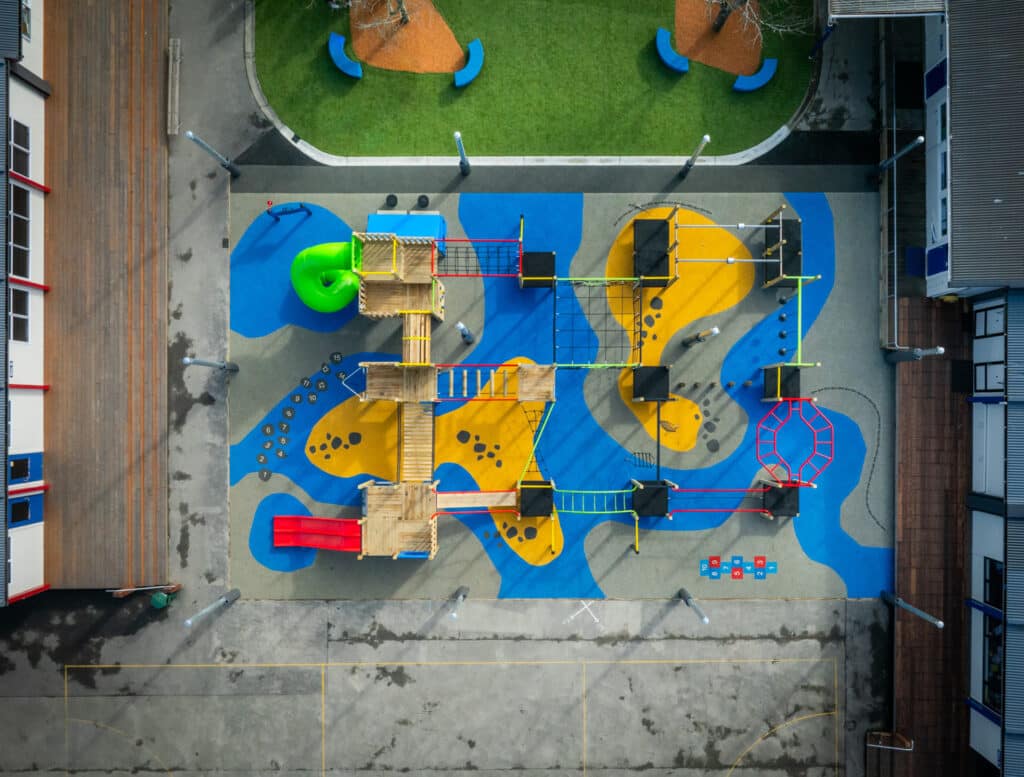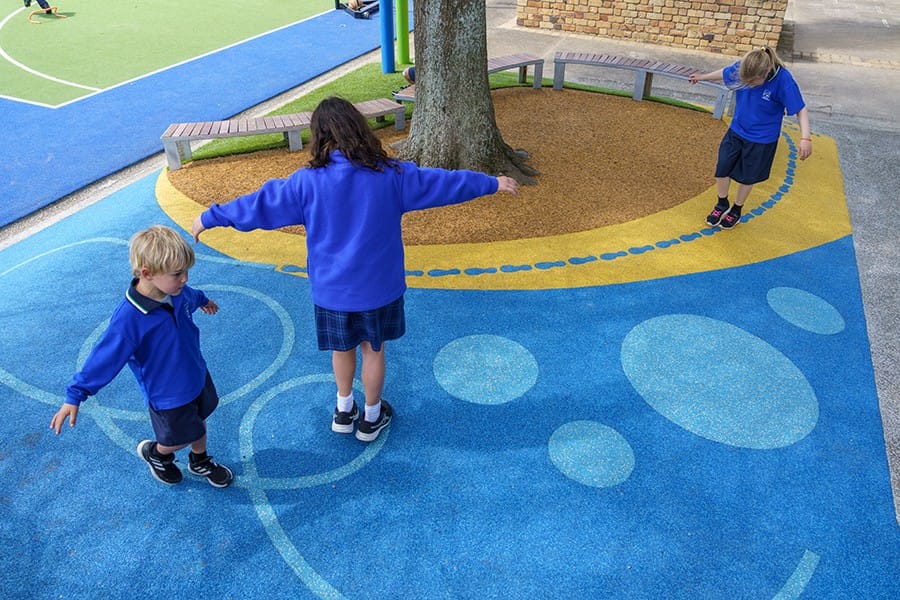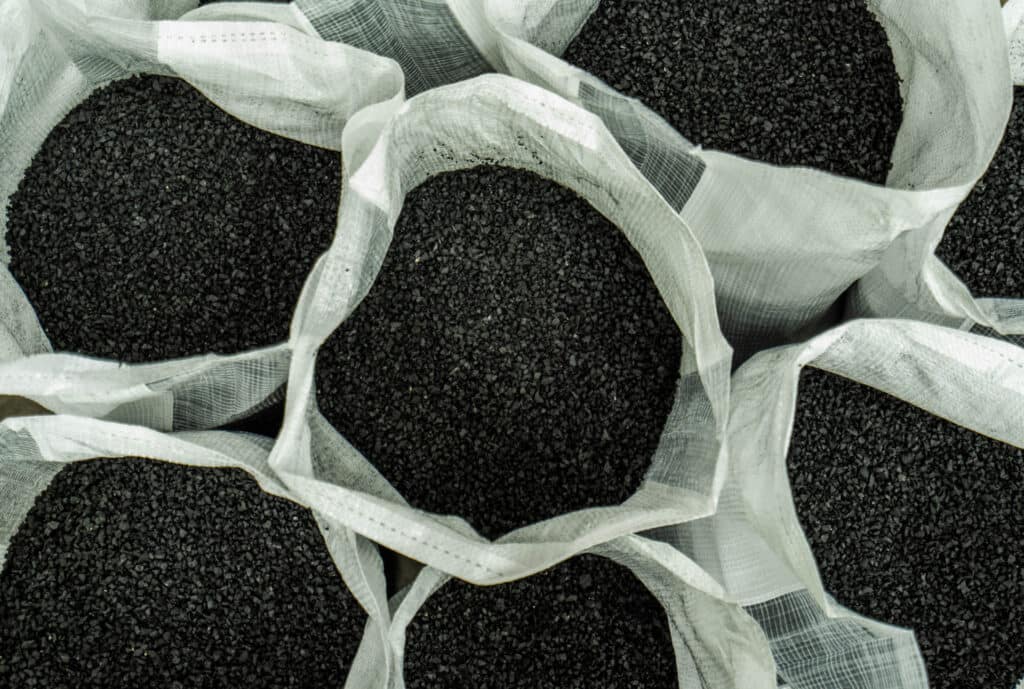It wasn’t too long ago that shade was barely thought about by New Zealand schools.
The author of this article remembers hats being banned due to school uniform regulations. Luckily we’ve come a long way in understanding as to how the sun affects the health of our children.
Most New Zealand schools have now adopted a policy making it compulsory for children to wear sunhats in terms one and four. There has also been a marked increase with the installation of shade sails.
However, despite the prevalence and importance of this protection, there are still many poorly designed and maintained shade sails. The long-term costs of such inadequate sails can be atrocious.
In this respect there are a number of matters worth bearing in mind as you go through the scope, design and installation process.
To start with, an obvious but vital aspect – one size does not fit all. Careful scoping of the area beforehand is vital. Design must complement the surrounding architecture and landscape while providing optimal security against harmful rays.
Shape, wind resistance and overall UV protection are key factors. The path of the sun throughout the day during peak times of the year is also an essential consideration, as is whether the cover will provide ‘warm’ shade or ‘cold’ shade.
Choosing the right shade sail can take time. But this can be a significant investment for pre-schools, schools and councils – so it pays to carefully consider where the shade will go and how it will withstand the harsh New Zealand elements over time.
Once the right decision is made it’s crucial to get installation right. Here the sail needs to be properly tensioned so there is a consistent load across the entire piece of fabric. This ensures the sail has no uneven areas that can become stretched and damaged.
Scoping and successfully installing the correct support materials is also important. Any excess pressure on this support hardware will result in bending or warping, and the shade sail could droop and sag in time.
Click Here to Download our “Product Catalogue”
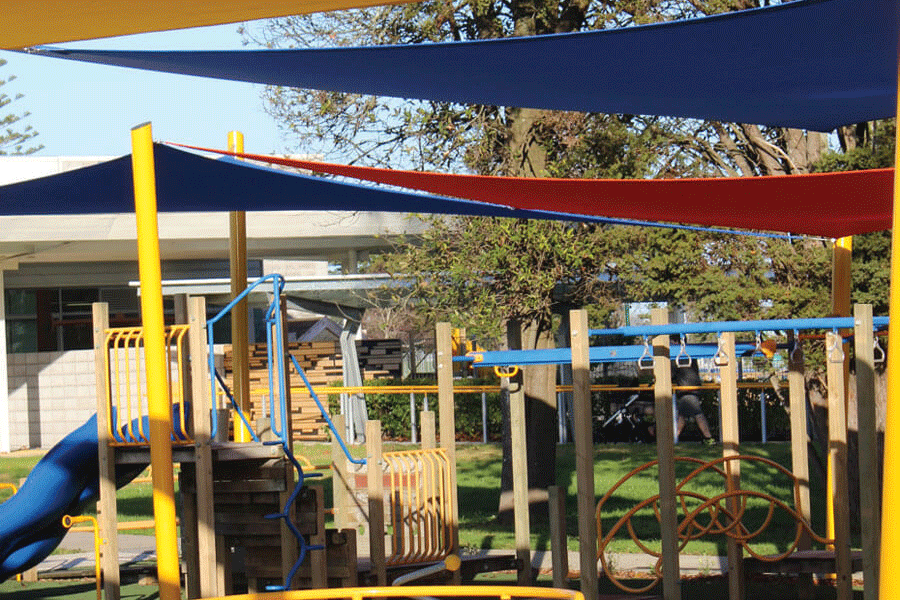
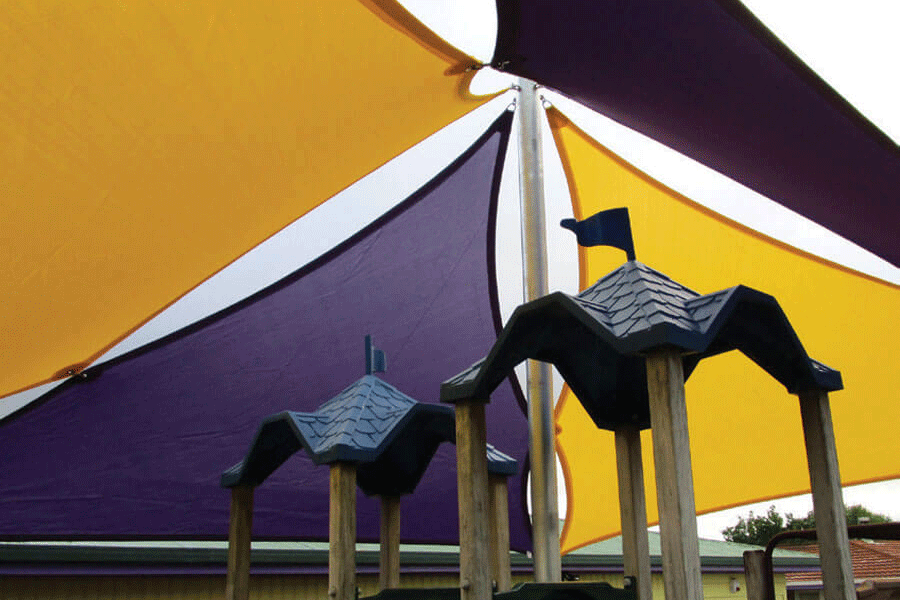
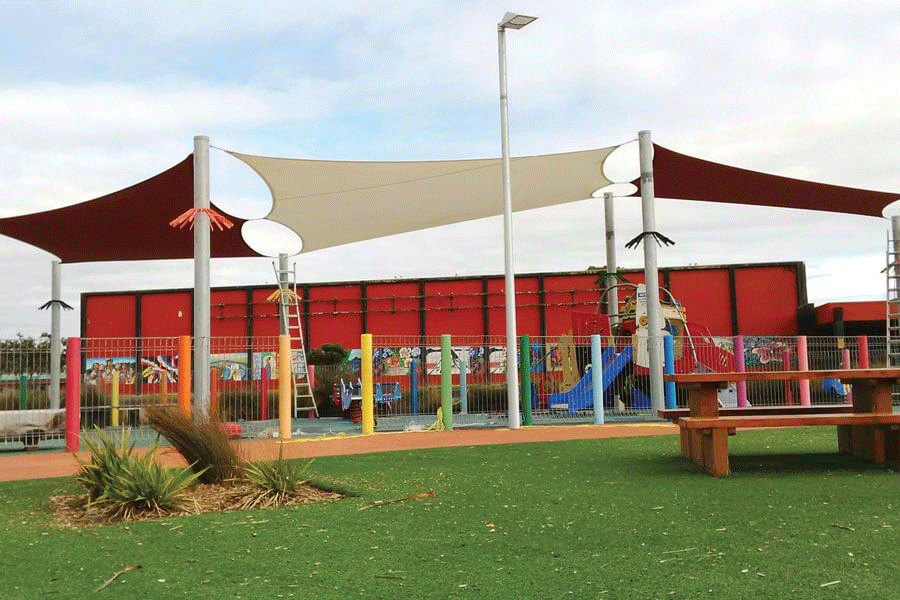
Online resources
There are other tools you can make good use of too. The Sun Smart Schools website has some excellent resources, and the www.sunsmart.org.nz site is also
worth visiting.
A new app, uv2Day, is also helpful. Using forecast data from NIWA this app provides estimates of the current UV Index and how it varies throughout the day at your current location. As a simple tool to help stay educated and plan your day it’s easy to use and effective.
The consequences
- Skin cancer is the most common cancer in this country – almost 80% of new cancer cases in NZ are skin cancers.
- New Zealand has one of the highest rates of skin cancer in the world, and together with Australia we have the highest melanoma rates.
- There are nearly 67,000 new skin cancers a year, including 2400 new cases of melanoma.
- There are over 300 deaths from skin cancer annually.
- Maori and Pacific Islanders represent a low percentage of the overall skin cancers diagnosed, however they are more likely to suffer from fast-growing and difficult to diagnose melanomas.
Source: www.kiwifamilies.co.nz/articles/sun-safety-at-school/
Advice from SunSmart Schools
- Get children to eat their lunch in the shade.
- Make the most of the shade that you do have, both built (e.g. verandas) and natural (i.e. trees).
- For outdoor activities/events that must be held between 10am and 4pm make sure children are able to access shade. Shade structures such as gazebos may be useful for this.
- Make shade development part of any rebuild in your school (balconies are a great source of shade for students).
- Plant trees! Although they take a while to grow, this can be a great activity for your students and a great way to introduce long lasting shade.
- Make indoor space available at lunchtime.
- Apply for funding. If you don’t have enough shade available there are various grants that schools can apply for. Ask your local library for access to giveUS, the central database for grants available in New Zealand.
